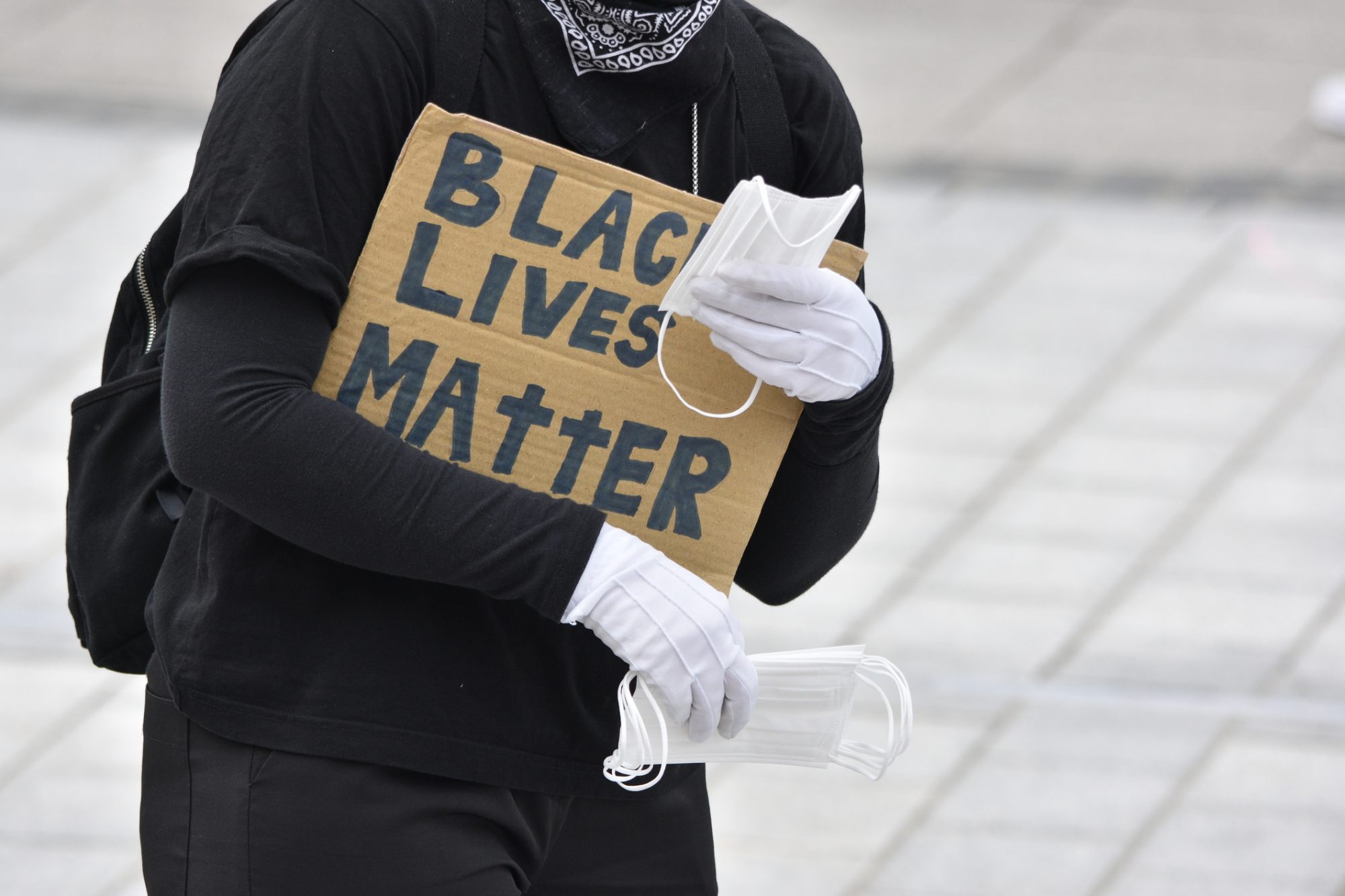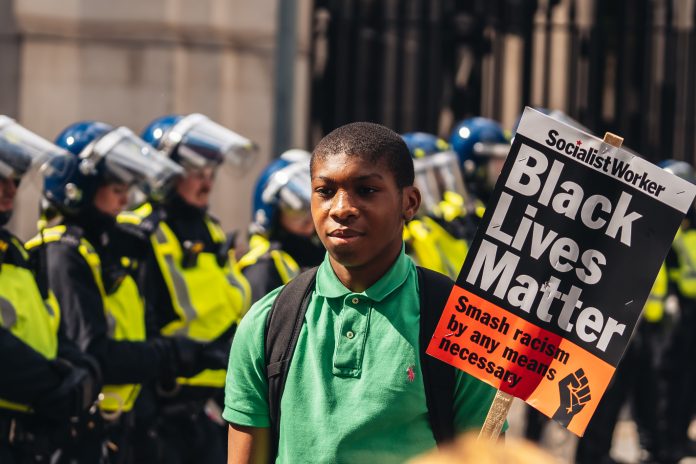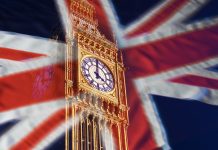Sailesh Mehta and Tim Kiely, Barristers at Red Lion Chambers, look at the volatile landscape around UK law of protest
Frederick Douglas said: “Find out just what any people will quietly submit to and you have found out the exact measure of injustice and wrong which will be imposed upon them, and these will continue till they are resisted with either words or blows, or with both.”
The history of protest law is the constant re-defining of State-imposed limits to freedom of expression and the extent to which we are willing to accept those limits. The Courts have played a key role in mediating this struggle. This article summarises relatively recent trends and possible emerging concerns.

The importance of the Human Rights Act
The Human Rights Act 1998 (‘HRA’) incorporated the European Convention on Human Rights directly into UK Law. Three key rights are found in Articles 9, 10 and 11: freedom of thought and belief; freedom of expression; freedom of assembly and association (incidentally, the HRA obliges Courts to have ‘particular regard’ to the importance of the right to freedom of expression under Article 10). These Articles and the way the HRA requires the Courts to give weight to them, are a continuation of a long and proud national tradition of respect for the free exchange of information and opinion, even when others may find it bothersome or irritating.
The right to protest is a qualified right and may be restricted by such means as are ‘necessary in a democratic society’ (such as the protection of health or public safety). Nevertheless, the Courts have generally been mindful of the need for proportionality and have consequently tended to construe any restrictions in a narrow way.
Who decides whether to prosecute a protester?
Even if a prima facie case for some kind of criminal conduct is made out, the obligation is nevertheless on the police and the CPS to adjudicate whether or not prosecution is proportionate. Abdul and others-v-DPP dealt with this in the context of ‘offensive’ anti-military slogans being used at a particular demonstration: ‘it must be recognised that legitimate protest can be offensive at least to some – and on occasions must be, if it is to have impact’. [1]
This extends to the potential for disruption or other nuisance caused by protesters in the physical space. The case of Tabernacle-v-Secretary of State for Defence set out clearly that regulations and byelaws (in this case restricting the continuation of a women’s peace camp at Aldermaston) could not simply be used to deal with the potential inconvenience of protestor’s activities. As Laws LJ remarked at the time, ‘if their activities are inconvenient or tiresome, the Secretary of State’s shoulders are surely broad enough to cope’. [2]
This July the Supreme Court case of DPP-v-Zeigler[3] reached a similar conclusion when it found that, among other things, demonstrators who had used special ‘arm-lock’ devices to block the roads to the Excel Centre in the London Docklands in order to protest against the Defence and Security Equipment International arms fair (DSEI) were not deprived of a defence of ‘reasonable excuse’ simply because the disruption they caused was more than minimal. Bearing in mind factors such as the targeted, temporary and peaceful nature of the protests, their Article 10 and 11 rights could still be vindicated in this context.
Did this case change the situation for other demonstrators?
This judgment had consequences beyond the Court: the CPS discontinued proceedings against other demonstrators; and personal testimonies abound from activists about the successful deployment of the defence (some examples can be seen on the Extinction Rebellion website). But it has not been unequivocally welcomed: the Metropolitan Police, for example, have expressed a commitment to continuing its ‘proactive’ policing of these demonstrations notwithstanding the Zeigler judgment, and the government seems ever more determined to throw up obstacles of its own.
The Police, Crime, Sentencing and Courts Bill has been heavily criticised during its legislative journey and has attracted particular scrutiny for its inclusion of the proposed new statutory offence of ‘intentionally or recklessly causing a public nuisance’ (not to be confused with the existing common law offence of public nuisance), which provides that a harm may be suffered by a member of the public, and therefore a criminal offence committed, if they suffer ‘serious annoyance’ as a result of the protest.
The Police Bill treats protest as “inconvenience”
In commenting on the Bill, the Joint Committee on Human Rights has noted that discourse in support of it “tends to downplay the importance of the right to peaceful protest and treat it as an inconvenience in conflict with the public interest”. This is something of an understatement: both the Prime Minister and Priti Patel (the former Home Secretary now Foreign Secretary) have made no secret of their general distaste for the disruptive potential of all protests, with Patel in particular characterising last year’s demonstrations against systemic racism as “dreadful” and referring to Extinction Rebellion as an “emerging threat” responsible for attacking, through the “guerrilla tactics” of their activism, “our economy, our way of life and the livelihoods of the hardworking majority.”

Many widespread protests, which disrupt the normal running of society (and command significant public sympathy) but which may run contrary to the ideological or administrative aims of the government, are likely to be perceived as an irritant at best and an active threat at worst. Addressing the underlying injustices which bring about such disruption would be one very effective way of obviating the need for them. But for a government which has defined itself in combative, oppositional terms, this risks being seen as giving in to the demands of the ‘woke’ mob against which it continues to range itself.
And so instead of seeking to address these underlying structural issues, the government must not only expend ever more effort to make peaceful protest more difficult, but also has to present itself, and by extension the nation and its inhabitants, as under attack.
UK Prime Minister frames certain protests as “illegitimate”
The Prime Minister, in his Tweet from 3 October, insinuated that some particularly disruptive forms of protest are in some sense ‘illegitimate’ and need a response from the Police and the Courts. He should remember the dictum of Laws LJ in Tabernacle that ‘rights worth having are unruly things’[4]. These wise words have been repeated with some frequency over the last few years of political turbulence in the UK and around the world, and with good cause. A government as anxious as this one to deal with the occasional inconvenience of protest by stifling its exercise may soon find they store up greater trouble for themselves in the years ahead.
Certainly, there is an ‘emerging threat’ to democracy in the UK. It is evident in the constant tweets and comments from those in high office. But it isn’t coming from the direction the government seems to think it is. This threat will probably increase as we get closer to an election, and as Ministers jostle for position and seek to excite their base of supporters.
“Certainly, there is an ‘emerging threat’ to democracy in the UK. It is evident in the constant tweets and comments from those in high office.”
There are likely to be more, not fewer, demonstrations in the foreseeable future.
They will address issues as diverse as climate change, human rights, economic inequality, immigration, the shortages created by Brexit, COVID deaths and COVID restrictions. It is human nature to react to a grievance. It is in the nature of Government to over-react to demonstrations of grievances. It will be unenviable job of our Judges to mediate between the two.
The “Peterloo Massacre” protest that won universal suffrage
Among the many milestones in the history of protest, the demonstration at St Peter’s Field in Manchester in 1819, in support of universal suffrage, is infamous.
Following the “Peterloo Massacre”, in which cavalry were deployed against British civilians, the Court of Common Council of London affirmed “the undoubted right of Englishmen to assemble together for the purpose of deliberating upon public grievances”.
In a dissenting judgment in the case of Hubbard v. Pitt[5], Lord Denning referred to the Peterloo Massacre, and spoke of the right to demonstrate as “the only means by which grievances can be brought to the knowledge of those in authority … Our history is full of warnings against suppression of these rights.” This is the voice of freedom under the law. It is a voice that will need to speak more loudly in the months to come.
[1] [2011] EWHC 247 (Admin), para 49
[2] [2009] EWCA Civ 23, para 43
[3] [2021] UKSC 23
[4] See note 2 above
[5] [1975] 3 WLR 201











